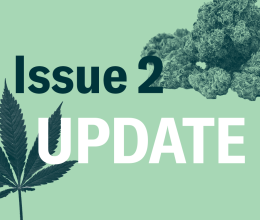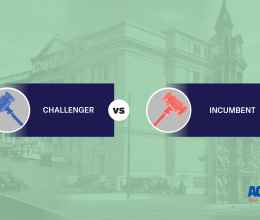The Ohio Department of Rehabilitation and Corrections (ODRC) is well on its way to ensuring that all who are eligible for Medicaid leave prison with a Medicaid card in hand. According to ODRC, 90% of the over 50,000 people incarcerated in state prisons are eligible for Medicaid.
Why is this so important?
Read the ACLU of Ohio’s letter calling on the Ohio Department of Rehabilitation and Correction (ODRC) to require jails to help their outgoing inmates enroll.
First, many of the those newly eligible for Medicaid are people who have had contact with the criminal justice system, are living in poverty, have untreated health issues, and previously had no way of accessing healthcare. Now low-income, childless adults under 65 years of age and without a disability are eligible for Medicaid.
Second, Medicaid will pay for a number of services, including but not limited to: emergency care, mental health, substance abuse, behavioral health treatment, intensive outpatient care, and chronic disease management.
Third, a report from the Center for Substance Abuse Treatment indicates that treatment can reduce criminal activity up to 80 % and arrests up to 64 %.
ODRC clearly sees the benefits of enrolling people in Medicaid. Access to healthcare will help support successful re-entry, potentially decrease recidivism rates and the overall prison population.
The conversation about successful re-entry cannot stop with Ohio’s prisons; we need to talk about successful jail re-entry, probation, and pre-entry.
Research shows that of those people in jail:
- 90% are uninsured
- 64% had a recent ‘mental health problem’
- rates of substance abuse are seven times higher than the general public
- 60% live at or below poverty
What about probation populations?
According to a Substance Abuse and Mental Health Services Administration study, 63% of people on probation are unemployed or not in the labor force. ODRC indicates that most of the people going to prison have not committed a violent offense. Actually, 25 % of prison intakes per year are people who are returning to prison for breaking probation rules, not committing a new crime.
How about avoiding the criminal justice system all together?
Local officials can work to expand pre-trial diversion programs so that people in need of treatment can access it without delay or incarceration.
Medicaid expansion offers several opportunities for local governments to divert people towards federally funded treatment and away from locally funded incarceration or correctional control. Jails, probation departments, and courts can work to expand enrollment in order to reduce costs and save lives.








